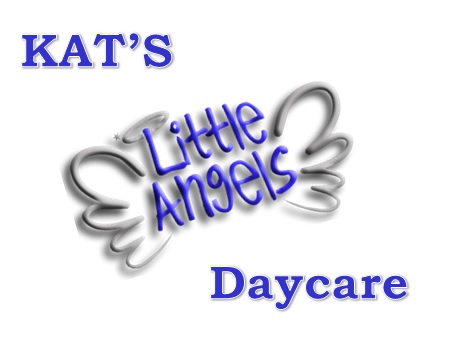Child development focuses
We use the GELDS five domains to assess your child’s need for this program.
Physical Development and Motor Skills
Physical Development and Motor Skills pertain to the way children move their bodies using large muscles like arms and legs to crawl, walk, run and dance. It also includes small muscle development that helps children feed themselves, scribble with crayons, paint and eventually write. Physical development is rapid in the first few years of life. Children quickly gain control over their movements. This typically follows a natural sequence. Babies creep and crawl before they stand, walk and run. They swipe at objects first and then reach and grab. They grasp objects placed in their hands before they pick them up for themselves. Each new skill builds a child’s physical competence and ability to do things independently. This domain also includes ways children learn to take care of their physical needs and develop skills relating to health, nutrition and safety.
Social and Emotional Development
Social and Emotional Development focuses on the ways children learn about themselves and how to get along with other people. Newborn babies do not have an awareness of being an individual person. As they grow, they develop a sense of “me” that is separate from the adults who care for them. At the same time, they develop relationships with these important adults. Through play, youngsters learn how to relate to other children and they gain confidence in their own abilities. As children mature emotionally and socially, they gain self-control. Their emotional and social development is further enhanced when they engage in creative displays of self-expression.
Approaches to Play and Learning
Approaches to Play and Learning address how children go about learning new skills and concepts rather than what skills and concepts they learn. Children approach play and learning in a variety of ways. They are curious about their world and show this by “getting into things”—putting their hands in their food, putting toys in their mouths, stacking things up just to knock them down, climbing on furniture, or quietly sitting and examining a leaf. They want to do things over and over like listening to the same story every night before bed, singing the same song many times in a row, or trying repeatedly to put a shape into a puzzle until it finally fits. They also find creative ways to solve problems like standing on a box to reach a toy, holding a block next to their ear and pretending it’s a telephone, or using a stick to dig in the dirt when there are no shovels to be found. To reach their learning potential, children need adults to support them in being curious, persistent and creative learners.
Communication, Language and Literacy
Communication, Language and Literacy development involves the way children learn to communicate with sounds, words and gestures, and eventually, the way they learn to read and write. This involves both verbal and nonverbal behaviors. Babbling, talking, listening, using sign language, using gestures, singing songs, repeating rhymes, listening to stories, looking at books, scribbling and drawing are some of the ways children learn language and early literacy skills. Children develop language and literacy through interactions with adults and other children, engagement with materials and instructional experiences. To provide the foundation for later reading, children should be exposed to activities that will develop the ability to listen for comprehension and to discriminate sounds in language. Children develop an awareness of print and books through a variety of activities and interactions. For infants and toddlers, just being exposed to print in their environment is an important first step in the development of early literacy. They begin writing using pictures, symbols and letters. Later reading success is directly correlated to the interaction of children with books through listening and responding to books read aloud and engaging in activities related to the stories.
Cognitive Development and General Knowledge
Cognitive Development addresses how children use their minds to explore the world around them. They should be encouraged to explore, investigate, observe and record changes in the environment. Activities such as noting the changes in weather, caring for plants and animals, and exploring simple machines encourage the further development of scientific thinking. Mathematical concepts and language challenge children to think about ideas related to patterns, shapes, numbers and space. Social Studies encourage the development of meaningful knowledge about the people, jobs, landmarks and cultures of their surrounding community. They become aware of the similarities and differences among people and how each person is an important member of the community. As children learn about responsibility in the classroom community, they begin building skills needed for being a productive member of society. The creative arts, including art, music and drama, provide opportunities for the application of individual ideas, feelings and expression. By experimenting with sounds, colors, forms, motion and words, children communicate in ways that are distinctly their own and that reflect their learning style. Cognitive Processes encourage higher order thinking and problem solving. Children need to learn to think for themselves, make connections and use reasoning skills to solve problems.
To learn about the five domains visit the GELDS website.
